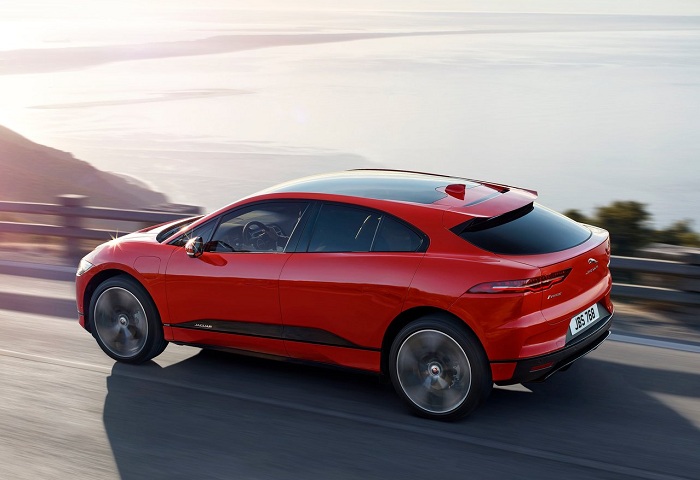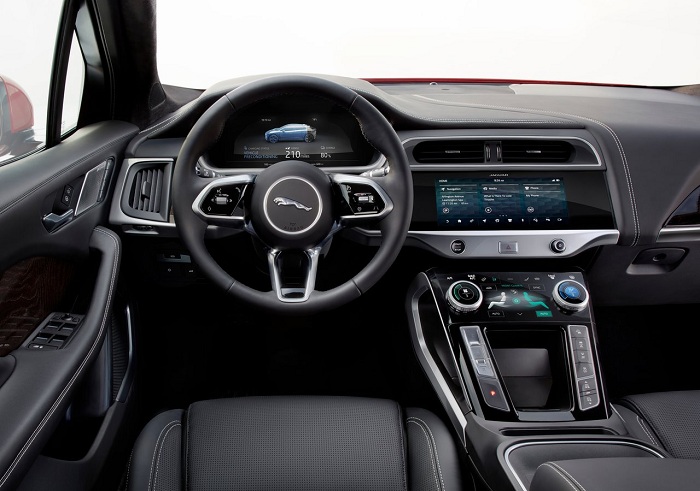As a car enthusiast, I’ve long bemoaned the introduction of all-electric vehicles (EV) because, to be honest, a degree of ignorance clouded my perception. My first experience of an EV was in 2013 with the Nissan Leaf, followed two years later by the BMW i3. There were issues related to driving range and the fact that the whole driving experience and design of the vehicles in question were so alien to me.
Recently though, I attended the national media launch of the Jaguar I-Pace, and for the first time in my life, I considered the idea of an electric car as a viable transport solution.
The elephant in the room
Before I recount my experience in the I-Pace and how, in many ways, it has altered my perception of electric cars, there are a few things to note about these vehicles from a South African and, in certain instances, a global perspective.
First off, the I-Pace is over R1.6-million for the base “S” model and can be very close to R2-million for the First Edition variant. That makes it rather elitist, much like the upcoming Mercedes-Benz EQC and Audi e-tron will be when they arrive later this year. Like flat screen TVs, smartphones and pretty much all new technologies, the cost to consumer reduces as the technology progresses and is better developed.
That means that in the future, cheaper, all-electric vehicles with a meaningful range will be made available, but for now, it’s rather expensive for you and me to own one. The other issue is infrastructure, which is being addressed with the likes of Shell, BMW, Nissan and most notably Jaguar, in partnership with EV charging company GridCars. The latter partnership is set to spawn 85 charging stations throughout South Africa in addition to those set up by manufacturers in the past.

Now despite the lack of infrastructure, the message being repeated from Jaguar at the media launch was the promotion of home charging, treating your vehicle like your smartphone. From a daily use perspective, this makes sense as it is cheaper to charge from home and of course, is more convenient.
To put the cost into perspective, the optional 7.4kW wallbox home charger installation costs R25 000 and will charge the vehicle in 12 hours. Charging from a designated station is quite affordable, with 1kWh set to cost between R3 and R3.50. That means a full charge could cost between R270 and R315 with home charging being cheaper and likely closer to R200. The only trouble is when embarking upon a holiday or an extended trip.
The 40 minute-or-so top-up charge seems reasonable, but let’s say there are ten electric cars at the charging station and five charging ports, it then becomes a lengthy process to charge the vehicle. Therefore, infrastructure is key, and perhaps, the adoption of plug-in hybrids is a potential solution for South Africans in the short term, with the shift to electric power taking place at a slower rate.
Driving I-Pace
The biggest surprise for me when climbing on board the I-Pace was just how conventional the interior was. Aside from buttons to select “Drive”, “Reverse” and “Park”, it looks very much like a conventional vehicle, apart from the fact that it’s totally silent. Setting off in the Jag is spooky, the silent operation and fully digitised cockpit does give the sense that you’re in something of the aviation persuasion.
Powering the Jaguar is a 90kWh battery pack that sends 294kW/696Nm to all four wheels. Being electric, all of the power and torque is available from the moment you set off, making the acceleration rather breathtaking, and relentless. Expect 0-100km/h in around 4.8 seconds and a top speed of 200km/h.

The acceleration aside, there’s also regenerative braking, which slows the car down once you’ve taken your foot off of the accelerator. The regenerative braking can be set to either “Low” or “High” but I found that leaving it on High meant that I didn’t have to use the brakes very often.
Range is the most important factor though, and despite Jaguar claiming over 450km on a single charge, I found that 350km is realistic and also leaves some range left over so as to avoid the dreaded range anxiety before charging. That makes a trip to Durban, from Johannesburg, or vice-versa, very possible with a stop at Harrismith for breakfast or lunch while you top-up the vehicle.
From a ride and handling perspective, the press units fitted with the optional air suspension system was more compliant and comfortable, but the traditional coil sprung cars also presented a fair ride quality. Handling-wise expect a fairly neutral experience with a tendency to understeer, much like just about every passenger vehicle currently on sale.
Practicality and features
Not having to accommodate a traditional engine and gearbox, the I-Pace is shaped like no other Jaguar but is still recognisable as a car from the British marque. The unique shape isn’t for no reason though, its rather aerodynamic and allows for a spacious interior.Expect a good deal of rear head-and-legroom for occupants, while the boot is an impressive 656-litres.
From a features standpoint, the I-Pace comes as standard with all of the luxo-barge amenities, although you’ll have to pay for real leather seats, Adaptive Cruise Control, the aforementioned air suspension and Matrix LED headlights. There are six USB ports, two 12V ports, cruise control, a touchscreen infotainment system, digitised instrument cluster and keyless entry to name a few.
Warranty and maintenance
The I-Pace comes with an eight-year/160 000km battery warranty and a two-year/34 000km service intervals.
Pricing
I-Pace S - R1 687 200
I-Pace SE - R1 745 400
I-Pace HSE - R1 820 900
I-Pace First Edition - R1 920 700
















